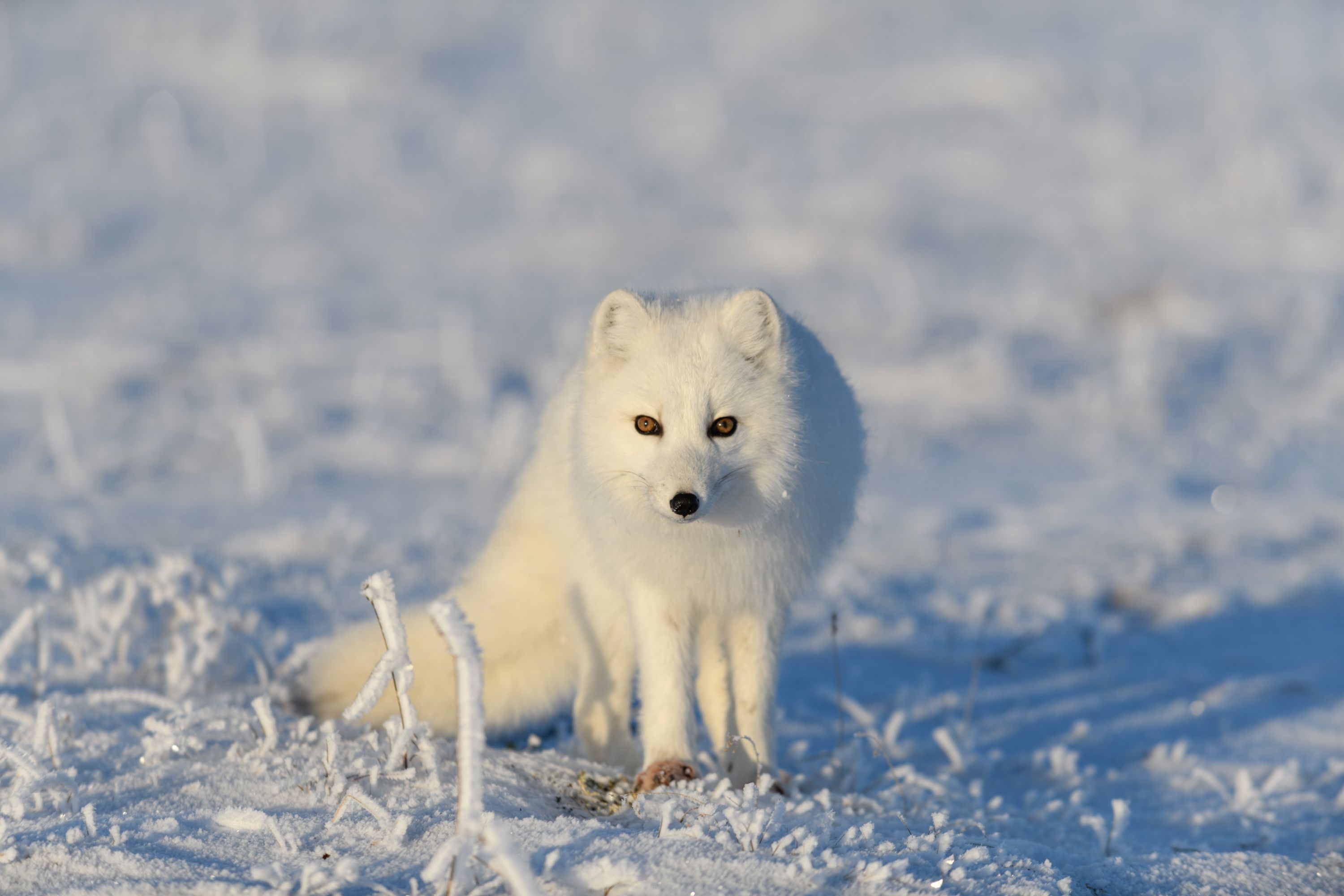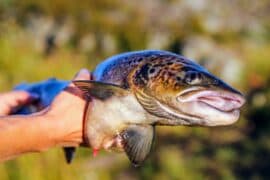Arctic fox
(Vulpes lagopus)

Description
The Arctic fox (Vulpes lagopus), also known as the white fox, polar fox, or snow fox, is a small fox native to the Arctic regions of the Northern Hemisphere and common throughout the Arctic tundra biome. It is well adapted to living in cold environments, and is best known for its thick, warm fur that is also used as camouflage. It has a large and very fluffy tail. In the wild, most individuals do not live past their first year but some exceptional ones survive up to 11 years.Its body length ranges from 46 to 68 cm (18 to 27 in), with a generally rounded body shape to minimize the escape of body heat. The Arctic fox preys on many small creatures such as lemmings, voles, ringed seal pups, fish, waterfowl, and seabirds. It also eats carrion, berries, seaweed, and insects and other small invertebrates. Arctic foxes form monogamous pairs during the breeding season and they stay together to raise their young in complex underground dens. Occasionally, other family members may assist in raising their young. Natural predators of the Arctic fox are golden eagles, Arctic wolves, polar bears, wolverines, red foxes, and grizzly bears. The Arctic fox has a circumpolar distribution and occurs in Arctic tundra habitats in northern Europe, northern Asia, and North America. Its range includes Greenland, Iceland, Fennoscandia, Svalbard, Jan Mayen (where it was hunted to extinction) and other islands in the Barents Sea, northern Russia, islands in the Bering Sea, Alaska, and Canada as far south as Hudson Bay. In the late 19th century, it was introduced into the Aleutian Islands southwest of Alaska. However, the population on the Aleutian Islands is currently being eradicated in conservation efforts to preserve the local bird population. It mostly inhabits tundra and pack ice, but is also present in Canadian boreal forests (northeastern Alberta, northern Saskatchewan, northern Manitoba, Northern Ontario, Northern Quebec, and Newfoundland and Labrador) and the Kenai Peninsula in Alaska. They are found at elevations up to 3,000 m (9,800 ft) above sea level and have been seen on sea ice close to the North Pole.
Taxonomic tree:







